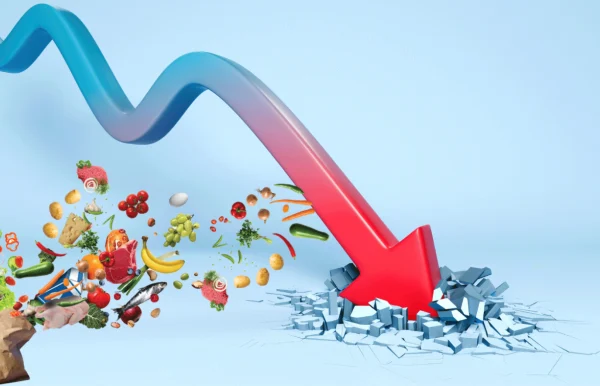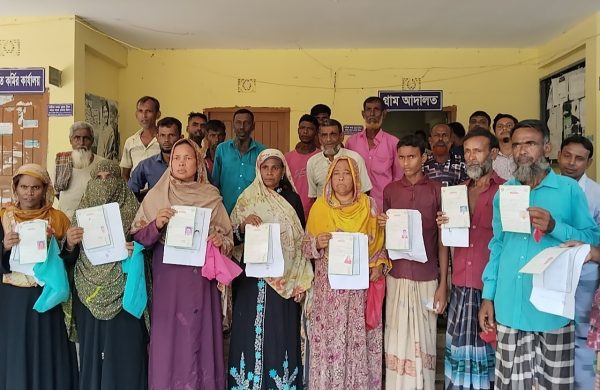Inflation eased in April for monetary, fiscal measures: Planning Commission report
- Update Time : Saturday, May 24, 2025

Staff Correspondent:
Inflation in Bangladesh declined in April, supported by a combination of tight monetary policy and targeted fiscal interventions, according to the “Economic Update and Outlook: May 2025” report by the General Economics Division (GED) of the Planning Commission.
The report, released on Saturday (May 24), attributed the decline to both demand- and supply-side measures.
On the demand side, the Bangladesh Bank’s tight monetary policy, adopted in the second half of FY25, played a key role in curbing inflation and stabilising the foreign exchange market.
In parallel, fiscal measures such as reducing tariffs on essential food imports — including rice and edible oils — helped ease pressure on consumers.
On the supply side, favourable weather and the absence of floods supported the smooth availability of seasonal vegetables and crops.
“These combined efforts are crucial for achieving the target of bringing inflation down to 7–8% by the end of June 2025,” the report stated.
Food and general inflation have been declining steadily since November 2024. In April, food inflation dropped to 8.63%, down from 8.93% in March. General inflation also declined, reaching 9.17% compared to 9.35% in the previous month.
Food remained the largest contributor to inflation, accounting for 42.2% of the overall rate, although its influence slightly eased in April. Among non-food items, housing and utilities (13%), clothing and footwear (9.8%), and transportation (7%) were the major contributors.
The report highlighted significant changes within food categories. The contribution of rice to food inflation rose sharply—from 34% in March to 40% in April—suggesting a supply shortage. Medium rice alone accounted for 19.4% of food inflation.
Brinjal, which was the top contributor in March (17.12%), fell to third place in April at 11%. Soybean oil remained a notable factor at 8.2%, while falling potato prices had a deflationary impact, contributing –13.6%.
The report noted that food inflation remained noticeably higher in rural areas (44.7%) than in urban areas (36.5%).
POLICY SHIFTS RECOMMENDED
- In light of persistent inflationary pressures, GED called for more direct policy interventions in addition to monetary tightening.
- The report recommended maintaining adequate strategic food reserves and distributing them through targeted food transfer programmes to support vulnerable populations.
- Acknowledging the government’s limited fiscal space for subsidies, the report advised expanding social safety net initiatives such as school feeding, food-for-work, open market sales (OMS), and guaranteed employment schemes, particularly during the lean agricultural seasons.
- It also stressed the need for subsidised food distribution in urban areas, where poorer households often lack stored food provisions.















